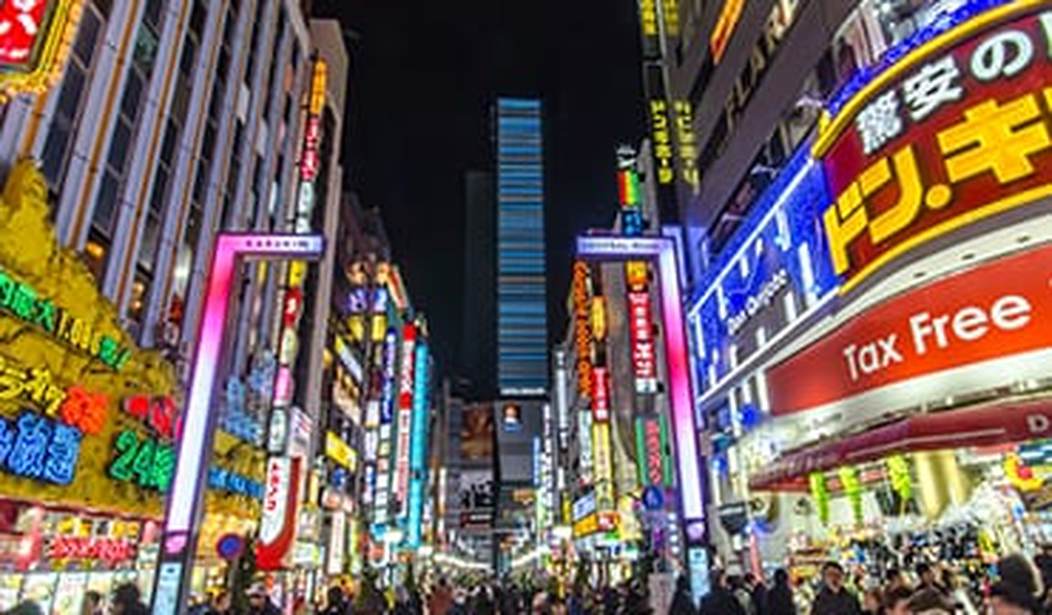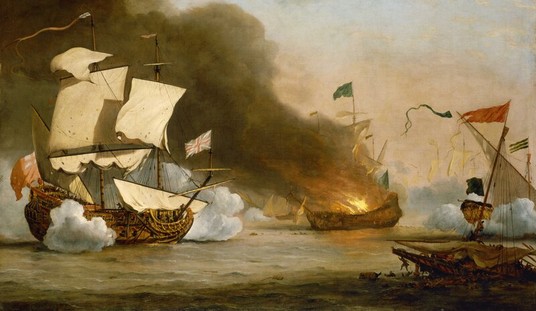Americans, be warned. When you visit Tokyo, be prepared to abandon familiar frames of reference. Like the world of Studio Ghibli, an American visiting Tokyo for the first time must be prepared to enter an alternative, fanciful, and unfamiliar world.
I am sitting in Narita International Airport at 5 a.m. after a whirlwind 12-hour layover took me strolling through the streets of downtown Tokyo.
For someone who has never been to Japan before, particularly for an American, Tokyo is disorienting. Before you roll your eyes, I wasn’t in Tokyo for pleasure. I was just passing through, but that’s another story.
There are people everywhere in Tokyo, and not just pedestrians on the sidewalk. There are people everywhere — people to help, people working, people producing.
Around a bend, you might find someone directing traffic in white gloves, or just making sure you get to the right place. At customs at Narita, a line of uniformed officers in a row whirlwind their arms to keep the crowd moving in the right direction. “Move along, please,” they say in their best English. Tokyo is a city full of people eager to please.
When a person can’t help, a robot will. Automation is everywhere.
Now, in the dead of night, at the nearly deserted Narita International Airport, pairs of white-gloved police offers patrol like pinballs bouncing through every corner of the terminal. Young zombies are asleep on couches, overnighting outside security for free. I’m there too, but awake, taking it all in.
I lugged my baggage across the twenty-minute walk from Narita’s Terminal One to Terminal Two in the quiet of a humid Japanese night. I passed at least six officers and security police, sometimes tucked away in the strangest places: near bushes, walking through a parking lot, pacing to make sure the small crowd of overnight campers don’t roam too far from their designated free lodging on the floor. Downtown Tokyo felt the same way. Orderly, safe, accessible. It’s no Baltimore.
All over Tokyo, I saw people in unfamiliar places helping, standing and answering questions, moving things along, making the great big machine run. When I looked lost, I was approached. Wal-Mart, take note.
Is this a sign of a culture that inefficiently allocates resources, or a culture that gets the job done? For now, I like it.
By the way, it’s hot in Tokyo. If you thought the snow-capped Mt. Fuji means Japan is cold, think again. Think Charleston, South Carolina, not Seattle.
Then there are lights. Everywhere, lights. Flashing randomly without purpose on old-style clocks with hands, tick, ticking the seconds away. They whirl like carnival pinwheels on highways when lanes disappear. Cartoon men in hardhats bow as you pay your highway toll. Bridges lit like rainbows, buildings flashing, sidewalks and storefronts — all swirl and blaze like a real-life Magical Mystery Tour in gratuitous color.
Tokyo might be the brightest place on earth. It is Times Square times 20. There’s nothing like it in America, block after block, mile after mile. Lights, colors, action.
There are layers of infrastructure: roads, and trains, and more roads, twisting up, with electric strobes on the sharp bends — all new and impressive.
This newness is no accident.
Boeing’s bomber – the B-29 – had something to do with it. I flew to Tokyo from Guam today. It is a three-hour plane ride in a Boeing 777, and six hours each way in a B-29. Before the B-29, American power was mostly confined to confronting Japanese power on the beaches and in the caves of the Pacific. With the B-29, America took the war to the Japanese homeland.
Guam, Saipan and Tinian were turned into enormous B-29 bases after thousands of Americans lost their lives on the hard pebble beaches and sheer cliffs. Tens of thousands of Japanese died on these small islands in their failed cause. Americans took Saipan from the Japanese, then Tinian and Guam. A Medal of Honor winner named Thomas Baker was on Saipan and his story will send a chill up your spine.
Waves of Boeing bombers then incinerated Japanese cities from these captured airstrips, including a devastating firebombing of Tokyo in March 1945 that still failed to get the Emperor to reconsider the war. It was called Operation Meetinghouse, and it was the greatest destruction unleashed from the air, before or since.
A B-29 named Enola Gay and another named Bockscar made the twelve-hour round trip to incinerate two more Japanese cities, and finally brought an end to war with Japan.
So why is everyone I meet in Tokyo so astonishingly warm and friendly? Is this a story of cultural redemption, societal surrender, or just extraordinary decency? This question nags me like a killjoy all through my visit.
In Tokyo, everyone seems to want to do their job well. From cooks to cabbies to hostesses, I encounter bowing, and extraordinarily courtesy and zeal. This isn’t Burger King.
Everyone in Japan seems to care intensely about their job. It’s America in 1950 when three uniformed men rush out of the service station to clean your windshield and check your oil.
The Japanese tonight showed a kind of dedication I don’t encounter in a week back home.
In the 20th century that zeal was twisted to malevolent aims. How does it pivot from good to evil?
But on this night in Tokyo, it meant I had the best Hotate I have ever tasted.
Competence and dedication are visible everywhere.
There is also strangeness. People wear t-shirts emblazoned with the bizarre. “I hate you,” said the front of one woman’s shirt, while the back said “I love you.” Another said “Yachting Man.” Then there are the random sayings on clothes, as if a monkey threw Scrabble pieces against a wall: “GoFo Girl!” or “Rank Bear Rental” or “House Divided” (A Lincoln fan in Japan?). I so badly want to take photos but the courtesy here wouldn’t allow it.
Alas, there are toilets that squirt at you with sound options and pressure controls, efficiency taken perhaps to an extreme.
Then there are the dandies. How a nation that was pressing bayonets into the backs of marching Marines 60 years ago can produce men like you see in Tokyo is a mystery. Is this a byproduct of mushroom clouds and demilitarization?
If you’ve never seen the dandies, let me explain. Imagine Flock of Seagulls. Imagine Boy George. Imagine bright green shoes, deliberate juvenile-ism, and clothes like Madonna wore in Desperately Seeking Susan. They sometimes suck on pacifiers. These are men from the same nation that launched Banzai charges against American machine guns?
What happened?
At the same time, women here seem drawn to the elegant.
It looked like a television commercial for Japan Airlines when four flight attendants confidently marched off their 787 into the concourse at Narita. They were dressed to the nines in their sharp-fitted uniforms, with neckerchiefs, heels, hats and an aura of 1960s glam-travel. Compare that to the frumpy smock-suits American Airlines forces on flight attendants.
I’ll be boarding shortly after my whirlwind Tokyo layover. When the 2020 Olympics come to Tokyo, I suspect they won’t be plagued by incompetence and body parts washing up on venue beaches. Tokyo seems the perfect place for the games, the perfect place where things get done and people care about what they do. And if you don’t get the chance to visit Tokyo, might I suggest you spend some time with my neighbor, Totoro. He’ll have a whisper of the same enchantment of the my last 12 hours.













Join the conversation as a VIP Member